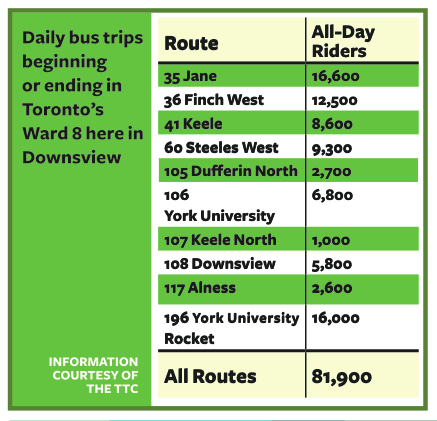By Lily Luong Do
Grassroots organization the TTC Riders may be only in its second year, but in the time allotted, they’ve managed to make their presence known advocating for all public transit users.
On June 24th, 2015 TTC Riders held a rally outside of City Hall along with the Fair Fare Coalition.
With all the recent contention the Toronto Transit Commission had over their budget issues on transit projects like the Spadina subway expansion, and the LRT city Councillors were amicable to accepting the TTC Riders report and mandate “Affordable TTC: A Ticket to the City.”
In meeting with Council members and other city staff, both groups indicated in discussion that while money has been spent on upgrading their infrastructure technicalities, their policies continue to fail their riders.
The riders most affected continue to be from communities like Downsview, where many riders have low-incomes, are adult students, or part-time workers, and also those who are disabled, but struggle with meeting the cost of accessing Wheel Trans services.
Some of the most affected are those on social service programs such as the Ontario Disability Support Program (ODSP) where the support it gives lacks attention to the financial cost of transportation.
Stephen Johnson from Mayor Tory’s office agreed that there are major gaps to fill, and that he will bring the issue forward as priority.
As it stands a person on ODSP receives an average stipend that is anywhere between $300 and $400 a month, in relations to TTC costs it falls short on helping low-income households and individuals in accessing affordable transportation. At the end of the day, ODSP individuals can barely survive.
Councillor Joe Mihevic spoke about the new Presto system now utilized in most stations, but while the “pilot project” is streamlining: there are still many differences of opinion about whether this will save riders and the city money.
At the end of the day, the nickels just aren’t adding up.
Tell us what you think about the cost of riding the TTC. E-mail us at
info@downsviewadvocate.ca
















